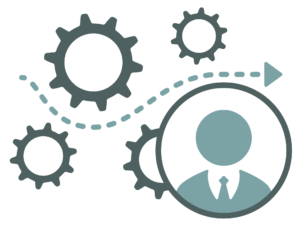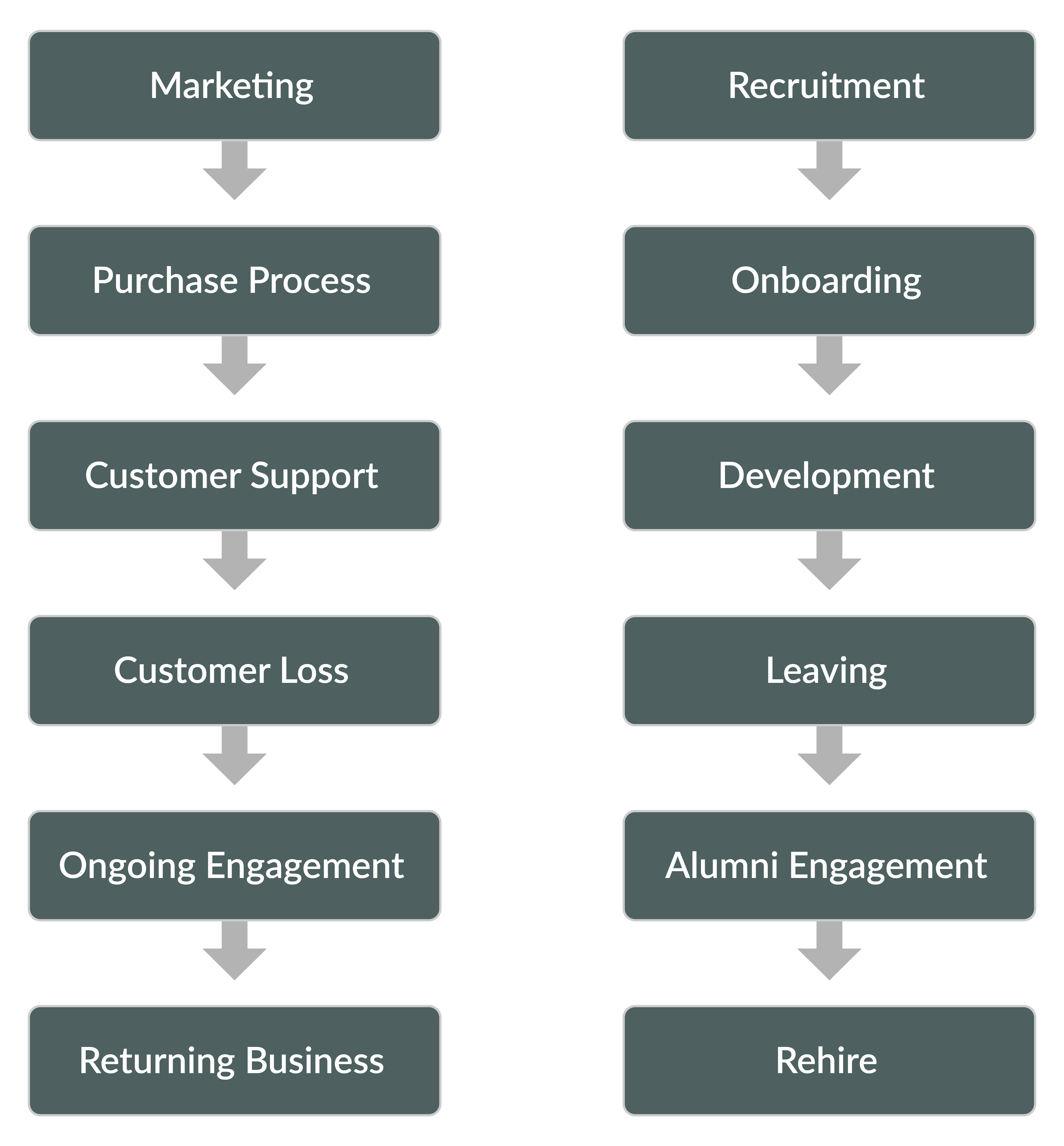 Like every aspect of our lives, the world of work is going through massive change and transformation. The one company career model of the past has been replaced with a much more fluid, transitory world where moving from job to job and employer to employer is the norm.
Like every aspect of our lives, the world of work is going through massive change and transformation. The one company career model of the past has been replaced with a much more fluid, transitory world where moving from job to job and employer to employer is the norm.
At the same time the skills that are in demand have also shifted creating shortage and competition for talent in certain areas, technology in particular, and a surplus in others.
Employers are being forced to adapt to these changes and think and behave differently. There is now a much more holistic view of the benefits of a strong relationship with future, current and former employees actively pursuit former employees. The aversion which used to exist to rehiring former employees is disappearing and is being replaced in some cases by proactive rehire programs – driven by a broadening realization that rehires are less expensive to hire, become productive faster and stay longer serving than regular hires.
In the same way that marketing has evolved to being very focused on the customer experience, companies are needing to become more employee experience focused.
Customer journey mapping is a simple but very powerful way to understand the impact of key moments on the customer’s experience as they interact with the company. A similar approach is starting to be adopted within companies, understanding an employee’s journey from the initial interactions in the recruitment process.
Parallel Customer and Employee Journeys
The better the experience at each stage of the journey, the more positively disposed the employee is towards the company and the more likely they are to promote and take positive action for the company – whether by accepting a job, working hard, referring a friend or generally being a promoter.
And, of course, a bad experience at any stage has the opposite effect of making the employee an active detractor.
Understanding the journey and identifying the problem areas (for example a poor onboarding or exit process), allows the company to know where changes are needed so that a negative experience can be turned into a positive.
Although it’s a fairly new way of thinking in the HR world, it is rapidly gaining traction, in part because of the necessity and impact, but also because of the availability of journey tools, such as SuiteCX, originally designed for customer journey mapping, being easily adapted to use with the employee journey.
Paul Butcher is Co-Founder and Principal with the Agile Marketing Group, a SuiteCX partner network company.
Share this Post

